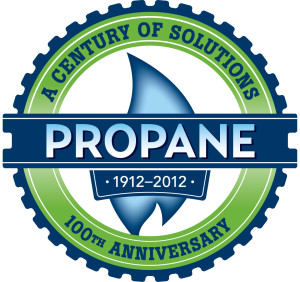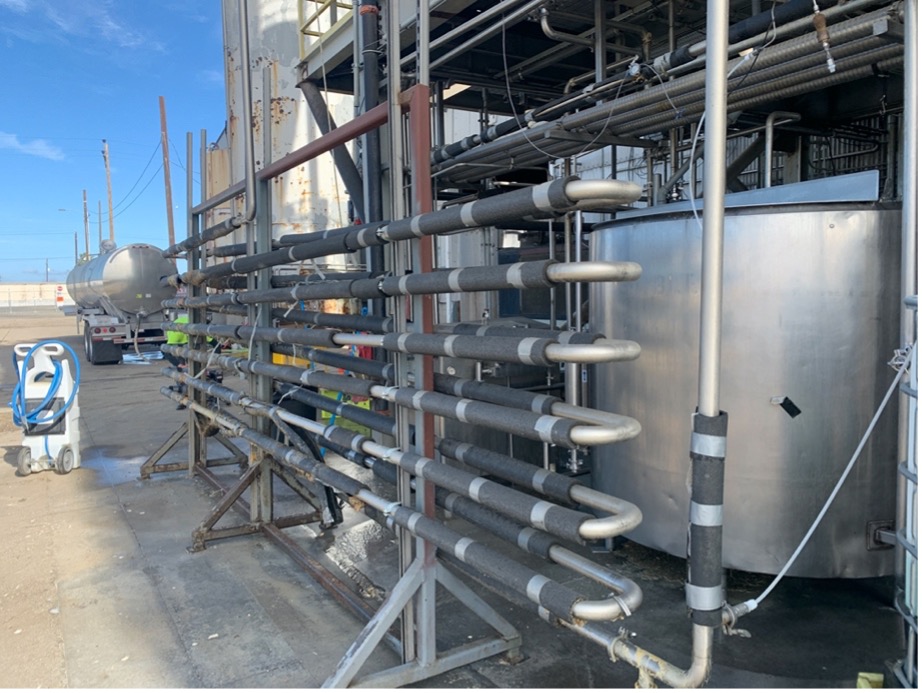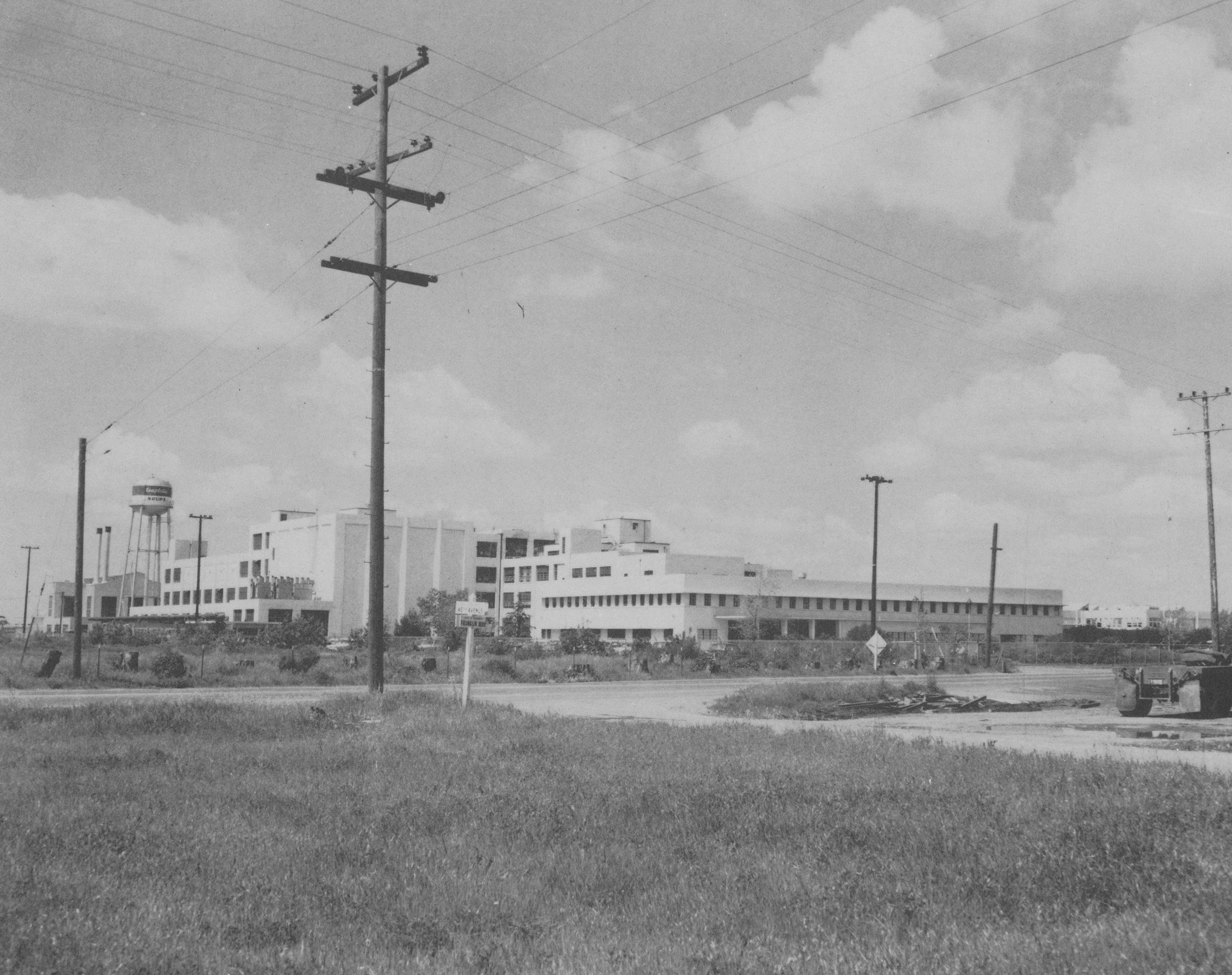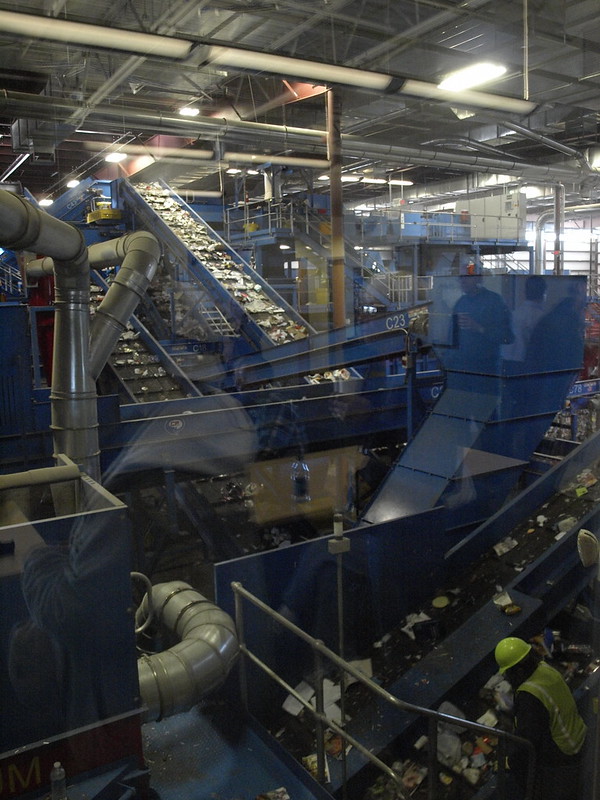 Retail propane companies may need their equipment appraised for collateral lending situations, buy-sell agreements, family law, estate tax or several other situations. Whatever the reason, when appraising retail propane equipment, it’s important for an equipment appraiser to understand the overall retail propane industry as well as how the basic equipment — trucks and trailers, customer tanks, and large volume storage tanks — fits into the big picture. Over the next few posts, we’ll talk about recent changes in the retail propane industry and how those changes are influencing the value of basic propane delivery equipment. Let’s start with an industry overview.
Retail propane companies may need their equipment appraised for collateral lending situations, buy-sell agreements, family law, estate tax or several other situations. Whatever the reason, when appraising retail propane equipment, it’s important for an equipment appraiser to understand the overall retail propane industry as well as how the basic equipment — trucks and trailers, customer tanks, and large volume storage tanks — fits into the big picture. Over the next few posts, we’ll talk about recent changes in the retail propane industry and how those changes are influencing the value of basic propane delivery equipment. Let’s start with an industry overview.
Retail Propane Industry
The 101-year-old retail propane industry is a commodity-based industry in a mature market place suffering from reduced sales and relatively flat projected growth. That being so, to be competitive, a company must either increase efficiency by decreasing costs or increase sales by appropriating another companies’ market shares. Over the past few years, these conditions have inspired both consolidation and efficiency advances in the retail propane industry.
Consolidation
A recent dramatic example of consolidation in the propane industry was the 2011 purchase by AmeriGas of the Heritage Propane unit of Energy Transfer Partners, L.P. This merger created the largest propane company in the country! Post-purchase, AmeriGas worked on the efficiency side of the equation and started laying off redundant personnel and liquidating redundant equipment. The first equipment to go was customer propane tanks; industry experts expect that delivery trucks will be disposed of next. As you might expect, these used propane tanks caused a glut in the market place in late 2011 and early 2012. We’ll look at this more closely later, when we discuss the individual components of appraising propane companies.
Efficiency
When addressing efficiency improvement, propane retailers naturally look at the areas of largest operating costs — actual costs of propane delivery and driver payroll. In the transportation industry, these areas are typically grouped together and referred to as route planning. The retail propane industry’s particular issues with route planning hinge on the fact that they are making deliveries house-to-house (or business-to-business). Customer tanks need to be filled before they are completely empty, but it’s not efficient to re-fill tanks that are nearly full. Add that to the quantity and various locations of tanks to be filled — along with the location of the propane source — and you may begin to understand the logistical and geographical complexity of the retail propane delivery system.
Because of this complexity, increasing route planning efficiency has taken two different routes. One trend involves increasing the carrying capacity of delivery trucks; the other depends on development and implementation of new technology, either remote tank sensing or route planning software targeted for the retail propane industry.
Both of these developments work in different ways to improve route planning efficiency. Of interest to the equipment appraiser of a retail propane company is the larger capacity delivery tanks. These larger tanks enable drivers to stay out longer without having to return to the central refilling location. New tanks hold in excess of 3,000 gallons, compared to the previously standard maximum size of 2,000 gallons. The additional 1,000 gallons allow drivers to make more deliveries at a greater distance in one day. This extra capacity works well as a stand-alone efficiency enhancer and may be even more effective in conjunction with one of the new technologies that directly influence delivery route planning.
Electronic remote tank sensing systems are one of the technological advances in route planning for propane delivery. Sensors placed on customer tanks provide information to a central propane delivery office regarding fuel needs for any route; this information is then used to maximize delivery route planning. Industry experts suggest that electronic remote sensing is perhaps more useful in monitoring the propane needs of rural vacation homes that may experience irregular occupancy (and therefore unpredictable fuel needs) than for homes or businesses with relatively unvarying propane use. It’s also debatable — because of the data transmission costs associated with these systems — whether the more efficient route planning really increases profitability for the companies that use them.
For retail propane companies not convinced of the benefits of remote tracking systems, there is another technological option: specialized route planning software that considers past fuel usage and current weather trends to predict the needs of regularly occupied residential and commercial customer needs.
Conclusion
No matter the purpose of the appraisal, the equipment appraiser of a retail propane company needs to be aware of these trends in the industry and how they influence values. The effect of consolidation, for example, is directly connected to the issue of absorption, while the move toward larger delivery tanks creates obsolescence issues in the used market. These factors need to be taken into account when arriving at the opinion of value to be presented in the equipment appraisal report.




